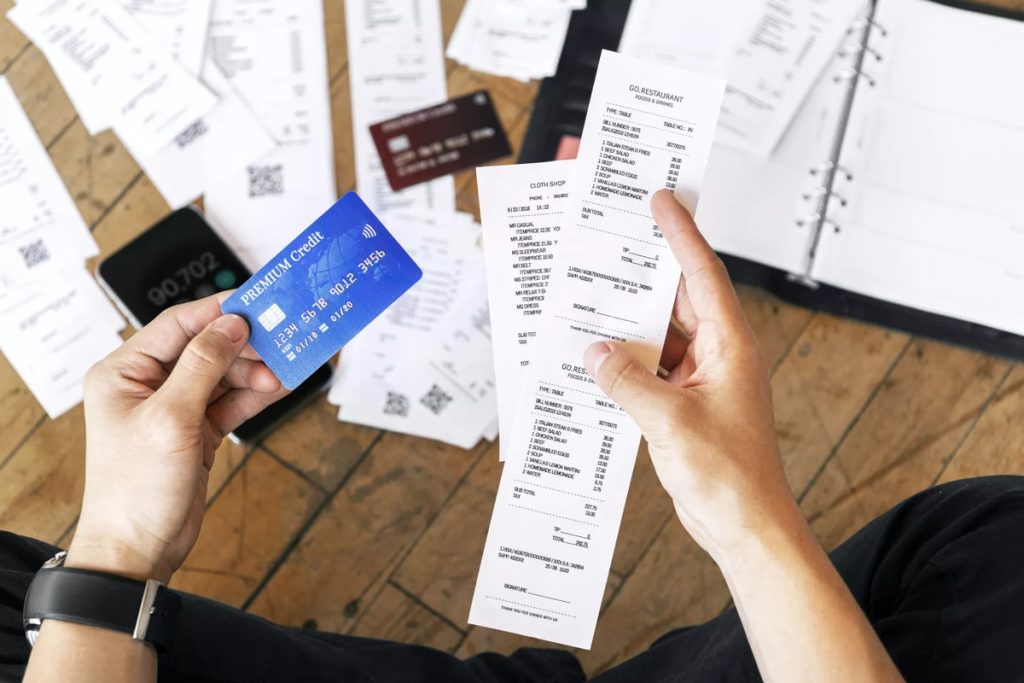Chargebacks are a costly issue for e-commerce businesses, leading to significant losses. To protect their revenue, merchants must effectively dispute chargebacks. This article outlines practical strategies for managing disputes, minimizing chargebacks, and maximizing recovery.
Understanding Chargebacks
Chargebacks are transaction reversals initiated by cardholders. Common causes include fraud, dissatisfaction, and processing errors. The process typically follows these steps:
- Customer initiates the chargeback.
- Merchant receives notification and has a limited time to respond (usually 30-45 days).
- Merchant submits evidence.
- Bank reviews and decides whether to uphold or reverse the chargeback.
Failure to respond in time results in automatic losses. Timely action is essential.
Key Strategies for Winning Chargeback Disputes
1. Collect Strong Evidence
Winning disputes depends on providing strong, relevant evidence. The evidence required varies by transaction:
- Proof of delivery for physical goods (e.g., tracking numbers, signed receipts).
- Transaction details like AVS and CVV matches.
- Screenshots, logs, and IP addresses for digital goods.
Table 1: Evidence Requirements by Transaction Type
| Transaction Type | Key Evidence | Common Disputes |
|---|---|---|
| Physical Goods | Proof of delivery, signed receipts | Non-delivery, wrong item |
| Digital Goods | IP logs, screenshots, usage logs | Non-delivery, fraud |
| Services | Signed contracts, confirmation of service | Service not provided |
In 2022, friendly fraud accounted for 60% of chargeback claims. Providing strong evidence is critical to counter these disputes.
2. Submit Timely Responses
Chargebacks have strict deadlines. Responding before the deadline is essential to avoid automatic losses. Submitting evidence early allows time for unexpected delays. Merchanto.org, an official Visa and Mastercard partner, offers tools that help merchants meet deadlines and optimize dispute outcomes. Learn more at Merchanto.org.
3. Craft Effective Rebuttal Letters
Rebuttal letters should be concise and factual, presenting evidence clearly. Focus on addressing the chargeback reason code and explaining why the dispute is invalid based on the evidence provided.

Using Technology for Chargeback Management
4. Leverage Chargeback Management Tools
Chargeback management tools automate dispute processes, provide insights into fraud, and track chargeback metrics. Tools like 3D Secure 2.0 help verify cardholder identities during transactions, reducing fraud and increasing win rates for merchants.
Table 2: Chargeback Metrics to Track
| Metric | Definition | Importance |
|---|---|---|
| Chargeback Rate | Percentage of transactions disputed | High rates increase fees and risks |
| Success Rate | Percentage of successful disputes | Measures dispute effectiveness |
| Time to Resolution | Time taken to resolve disputes | Faster resolution reduces losses |
Tracking these metrics helps monitor performance and identify areas for improvement.
Common Mistakes to Avoid
- Ignoring Reason Codes: Always tailor responses to the specific chargeback reason code. Each dispute must be addressed differently based on the code.
- Missing Deadlines: Submit evidence well before the deadline to avoid automatic losses.
- Providing Insufficient Evidence: Always include compelling evidence relevant to the specific transaction and dispute.
Reducing Future Chargebacks
5. Implement Clear Return and Refund Policies
Clear, accessible return and refund policies help prevent customer confusion and reduce chargebacks. Make sure these policies are visible at every stage of the purchase process—during checkout, in confirmation emails, and on invoices.
6. Enhance Fraud Prevention
Fraud is a leading cause of chargebacks. Implementing fraud prevention measures like fraud detection tools, IP tracking, and cardholder verification systems such as 3D Secure reduces chargebacks by ensuring legitimate transactions.
Table 3: Chargeback Costs Breakdown
| Cost Type | Description | Average Cost per $1 of Chargeback |
|---|---|---|
| Transaction Fees | Processing fees reversed to the merchant | $0.15–$0.30 |
| Chargeback Fees | Bank or processor fees for managing disputes | $20–$100 |
| Administrative Costs | Time and effort spent on disputes | $10–$50 |
| Lost Goods/Services | Cost of goods or services in dispute | $1.00–$2.50 |
Reducing fraud has a direct impact on minimizing chargeback-related losses.

Preventing Chargebacks Through Customer Service
Improving customer service can significantly reduce chargebacks. Many disputes stem from communication issues. By resolving customer complaints before they escalate, merchants can avoid disputes. Up to 40% of chargebacks are due to unresolved customer issues.
Key strategies for customer service include:
- Responding quickly to inquiries.
- Addressing potential problems proactively, such as delays or product misrepresentation.
- Offering refunds or replacements when appropriate, preventing disputes from escalating.
7. Proactively Address Customer Complaints
Direct customers to your service team before they initiate a chargeback. Ensuring that customers can easily reach you for help with issues like refunds, product exchanges, or billing errors can prevent unnecessary disputes.
Conclusion
Disputing chargebacks requires preparation, timely action, and solid evidence. By focusing on these strategies, merchants can reduce chargeback-related losses and recover disputed revenue. Tools such as chargeback management systems and effective fraud prevention measures further optimize the process.
By following these steps, merchants can improve their success in disputes, protect their revenue, and optimize business performance.



